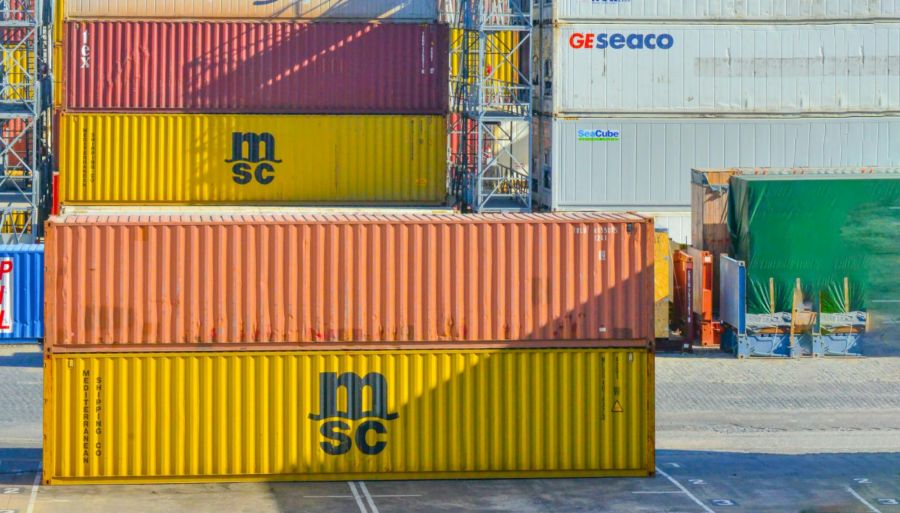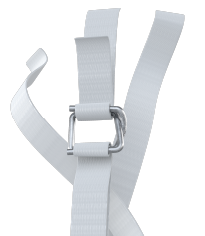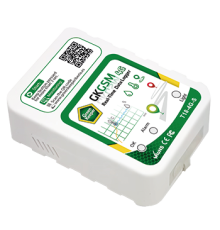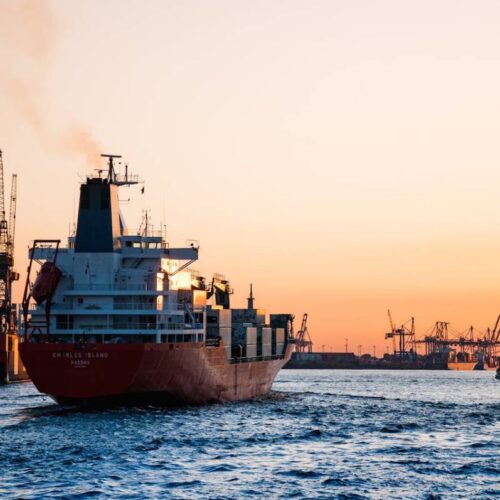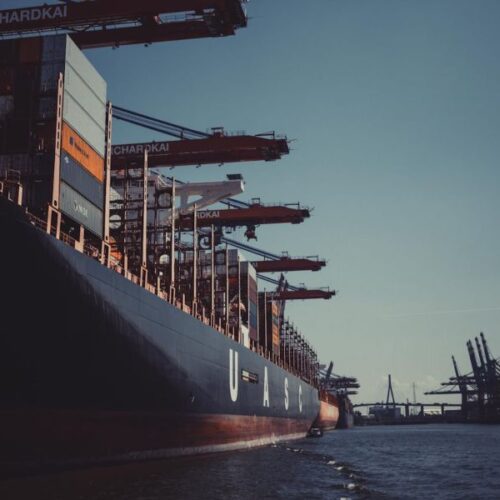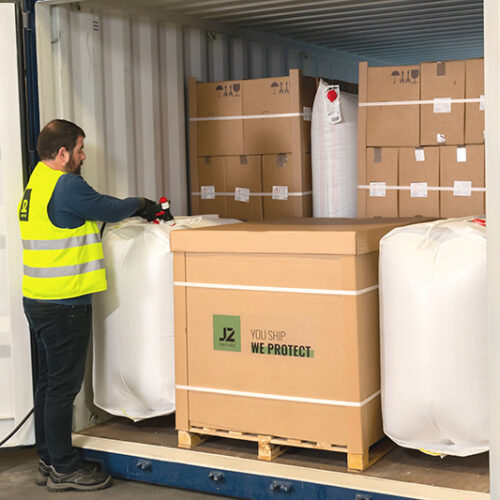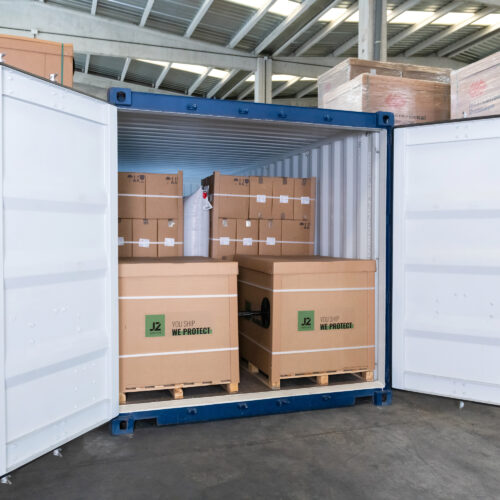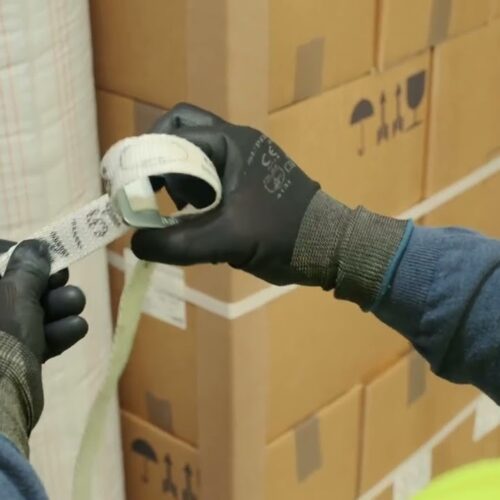The stowage and protection of cargo in multimodal transport are essential to ensure the safety of the goods during the entire journey. This procedure consists of properly securing the goods in the means of transport used throughout the logistics chain. This involves not only correctly distributing the cargo inside the container, truck, train, ship or airplane, but also protecting it from possible damage during handling and transportation.
What is multimodal transportation?
Multimodal transport is that which uses two or more modes of transport (road, rail, sea, air) in a single transport contract to carry cargo from origin to destination. It is a system in which the efficiency of different modes of transport is combined to optimize the logistics chain and provide a comprehensive solution to freight transport needs.
The stowage and protection of cargo in multimodal transport is particularly important, since the goods change means of transport at different points along the route, which increases the risk of damage if it is not done correctly.
Good practices for cargo stowage and protection in multimodal transport
Use the right packaging: It is essential to choose the right packaging for the goods, considering their nature, size, weight and fragility. The packaging must be strong, safe and suitable to withstand the different modes of transport and handling along the way.
We talked more about this topic in the recent post The different types of packaging and their impact on the stowage of goods.
Correct load distribution: The distribution of the load inside the container or means of transport is key to ensure the stability and safety of the goods. It is important to take into account the center of gravity of the load, distribute the weight in a balanced way and secure the load to avoid sudden movements and displacements during transport.
Use securing and lashing systems: To prevent the load from moving during transport, it is necessary to use appropriate securing, lashing and lashing systems. Lashing straps, webbing and restraint nets are some of the elements that can be used to effectively secure cargo and prevent possible damage.
Protect cargo against external agents: Goods are exposed to different external agents during transport, such as humidity, rain and temperature changes. Therefore, it is important to use protective materials to protect the cargo from possible damage caused by these factors. Temperature and humidity recording systems can be very useful in these cases.
Proper labeling and marking: Proper labeling and marking of cargo is essential to facilitate its identification, handling and transport throughout the logistics chain.
Information on the contents, fragility, handling direction and potential hazards of the cargo must be clearly visible on the packaging to avoid confusion and ensure proper handling.
The creation of stowage tokens is very important in the process. We have already talked about what stowage slips are and what European stowage slips are and what they are for in other blog articles, in case you want to go deeper into the subject.In short, stowage and protection of cargo in multimodal transport are fundamental aspects to ensure the integrity and safety of the goods during the entire transport process. By following the good practices mentioned above, you can minimize the risk of damage and loss, and avoid the most common mistakes, ensuring an efficient and safe logistics chain for all parties involved.

